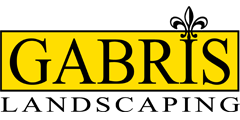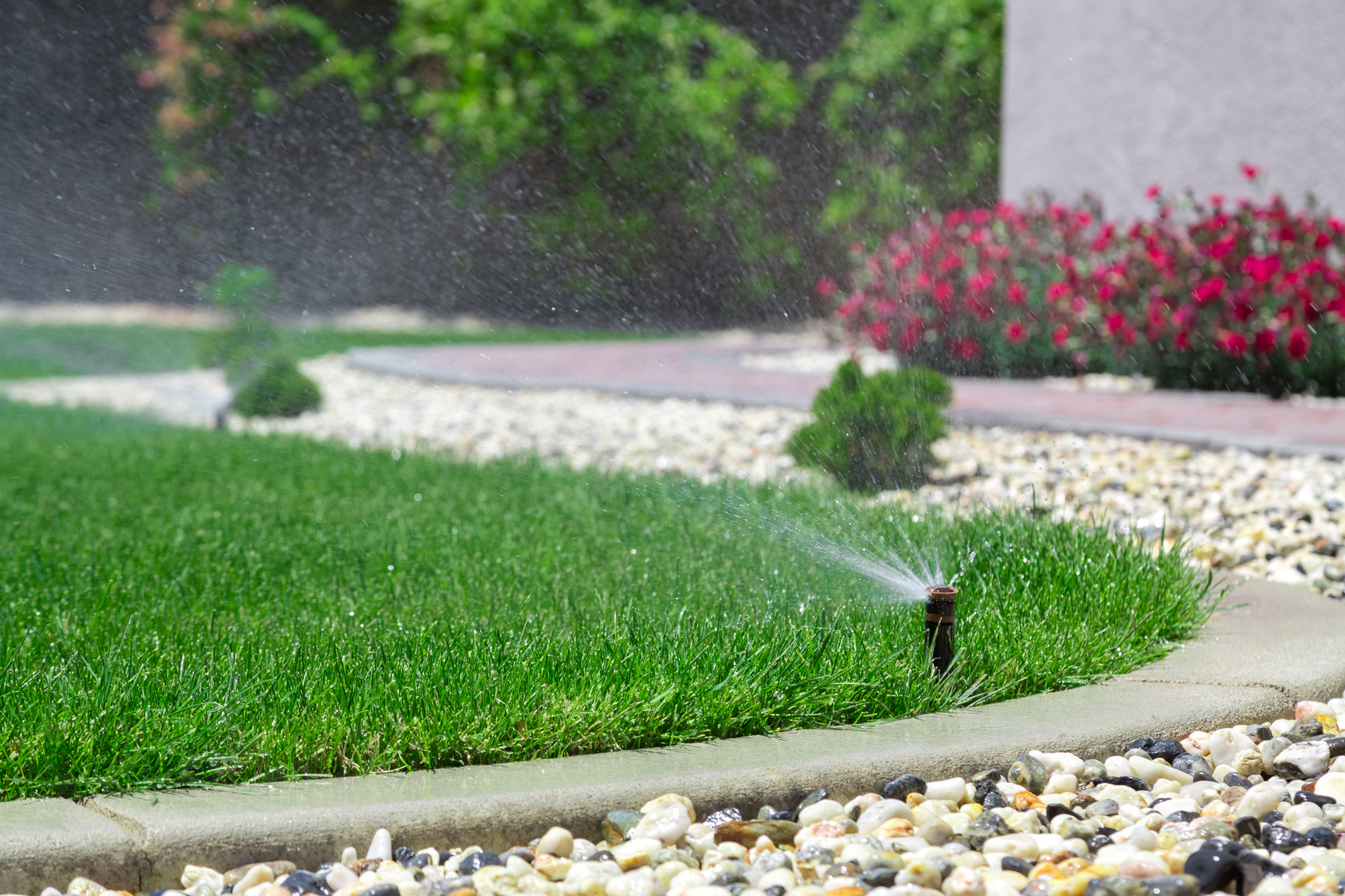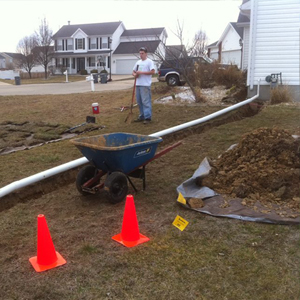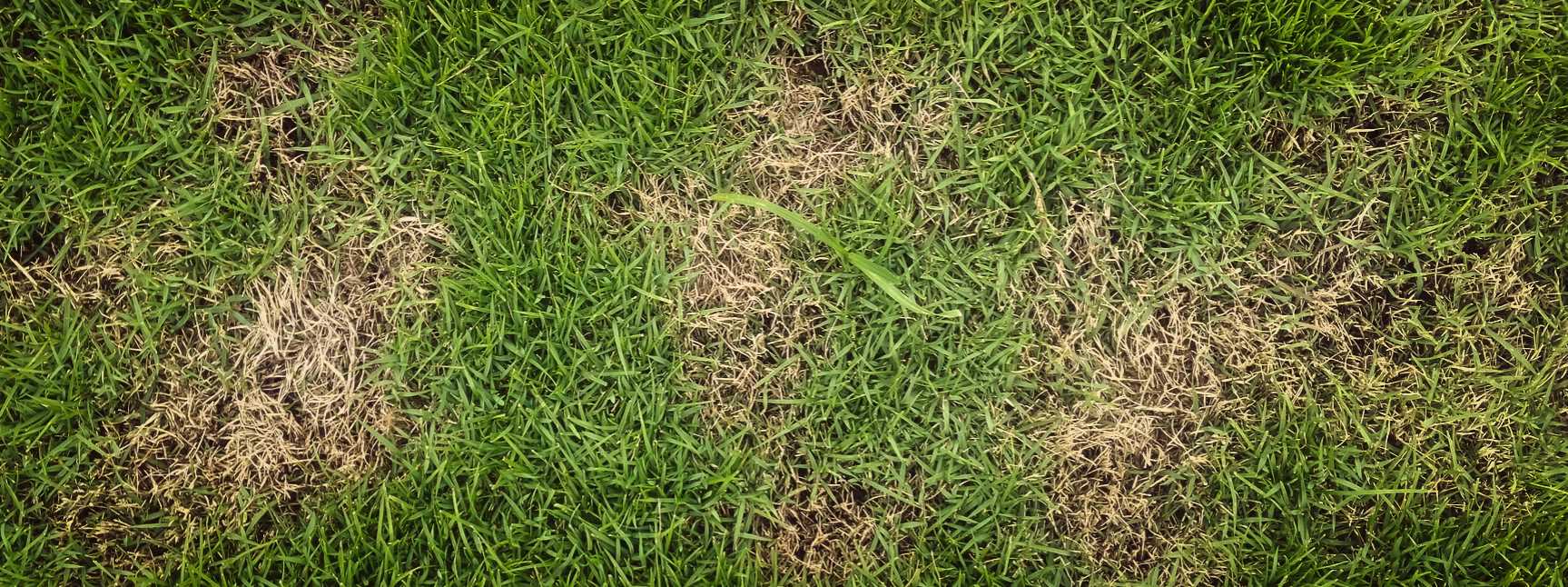FAQ on Backflow
Click Here To Download FAQ on Backflow
Backflow Prevention – Frequently Asked Questions
What is backflow?
Backflow is the undesirable reversal of flow in a potable water distribution system through across-connection. A cross-connection is an actual or potential link connecting a source of pollu-tion or contamination with a potable water supply. Backflow may allow liquids, gases, nonpotablewater and other substances, from any source, to enter a public water system.
How does backflow occur?
Backflow may occur due to high pressure on the customer side, or low pressure in the watersystem. Backflow through a cross-connection can contaminate the potable water in a building,on a block, or throughout an entire water system.
What is backflow prevention?
Backflow prevention protects public water systems from contamination or damage throughcross-connections located in customer facilities. Backflow prevention is typically achieved byplacing a backflow prevention assembly between the customer and the public water system.This is called containment backflow prevention.
Does my water system require backflow prevention?
Missouri’s backflow prevention regulation (10 CSR 60-11.010) applies to all community watersystems. These are water systems that serve at least 15 connections or at least 25 people on ayear-round basis. Missouri has more than 1,400 community water systems. They serve morethan 4.9 million people, almost 90 percent of the state population.
Must my home or business have backflow prevention?
Many businesses must have back flow prevention. Common examples are manufacturing andprocessing plants, medical facilities, laboratories (including school chemistry and biology labs),and buildings that have boilers, fire sprinkler systems and irrigation systems.
Solely residential facilities are exempt from the rule unless a specific cross-connection is identified. For example, single-family residences with a lawn irrigation system require back flow prevention. Multi-family residences with a boiler or fire sprinkler system require back flow prevention.
Call your local water supplier to confirm whether or not back flow prevention is required at your home or business.
What kind of back flow prevention is required at my home or business?
Under the Missouri rule, three types of back flow prevention assemblies are permissible for containment: air gaps, reduced pressure principle assemblies and double check valve assemblies. The type of assembly you need depends on the type of hazard present.
Generally, where you have a back flow hazard that may threaten public health you must havean air gap or a reduced pressure principle assembly. Where there is a lesser hazard that may damage the water system or degrade the aesthetic quality of the water, a double check valve assembly is required.
Only approved back flow prevention assemblies may be used. If you can find the manufacturer and model number on your assembly you can check with your water supplier to find out if it is an approved assembly. Modifications to an assembly invalidate the approval. If your assembly looks like it has been changed, get in touch with your water supplier or a certified back flow prevention assembly tester to see if it is an approved assembly.
Water suppliers may have more strict or specific requirements than the state rule. Contact your local water supplier to make sure you have the appropriate back flow prevention assembly to meet local requirements.
Must I have my back flow prevention assembly inspected?
Yes. To ensure the device is functioning properly, a certified tester must test it at least annually.For new facilities, the assembly must be tested when installed. If the tester finds the assembly is not working, you must arrange to have it repaired and tested again. It is your responsibility to pay for the test and repairs. The tester is required to provide a copy of the test report to you and the water supplier. To obtain a list of certified testers in your area, call your water supplier or the Missouri Department of Natural Resources.
Does the back flow prevention assembly protect my entire facility?
No. The required back flow prevention assembly provides containment and it protects the public water system from hazards in your facility. Cross-connections in your own plumbing may allow contaminants to back flow from hazardous processes to drinking water taps in your building.
Back flow prevention applied within a facility to protect drinking water plumbing from process plumbing is called isolation. Isolation back flow prevention is not covered by departmental rules,but may be required by local plumbing codes. Check with your local code enforcement agencies to see what standards apply to your facility.
Additional Resource:
Cross-Connection Control Manual,
U.S. Environmental Protection Agency (EPA 816-R-03-002, February 2003);
For more information
Missouri Department of Natural Resources
Water Protection Program, Public Drinking Water Branch
P.O. Box 176
Jefferson City, MO 65102-0176
1-800-361-4827 or (573) 751-5331 office,
(573) 751-3110 fax




